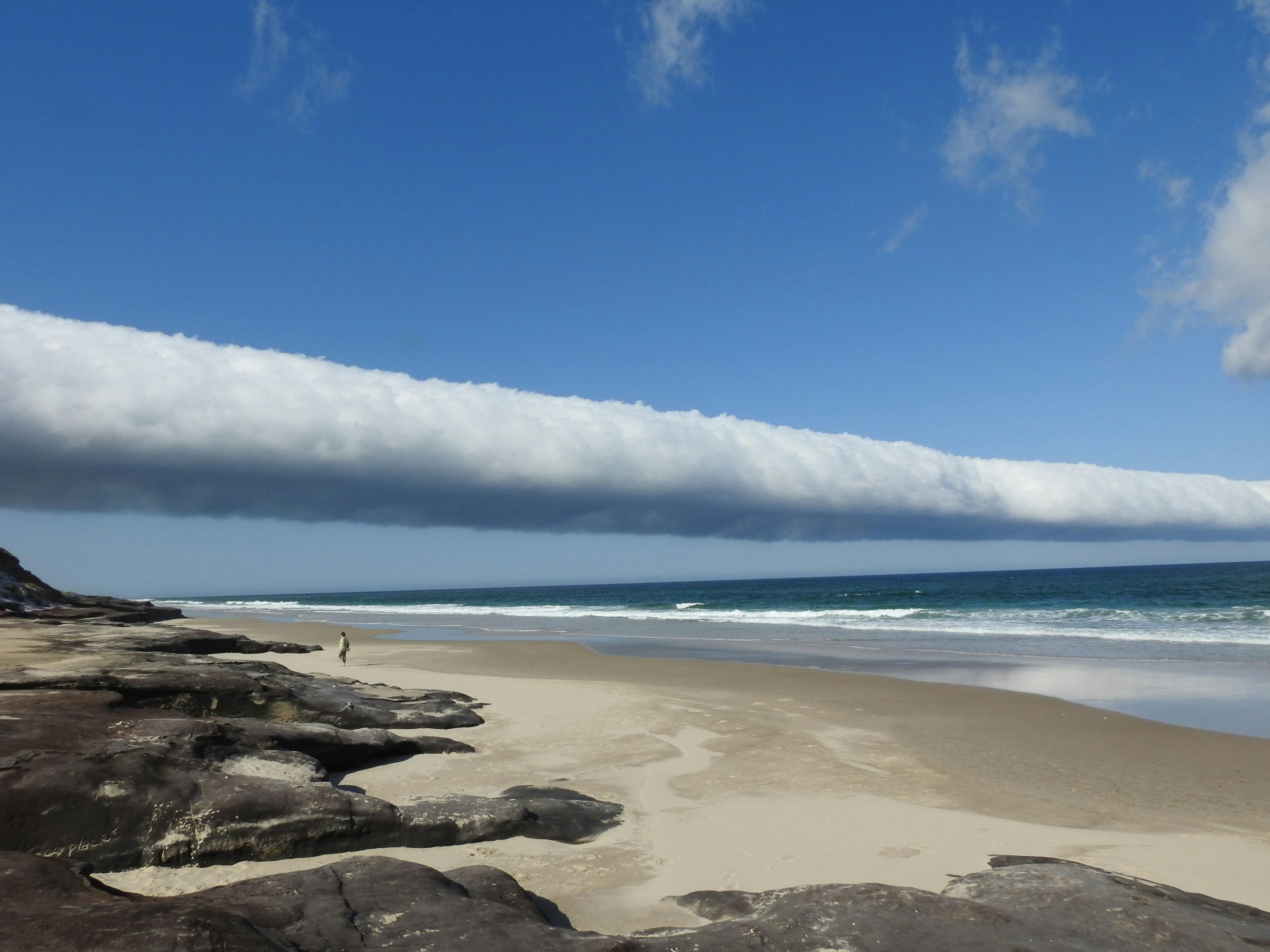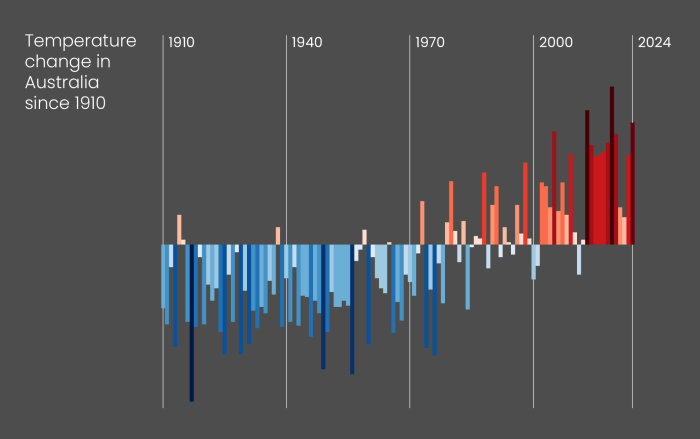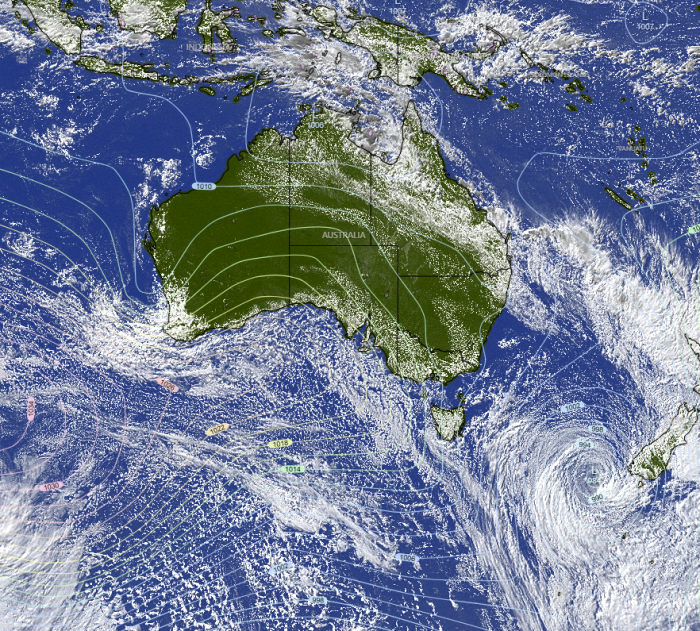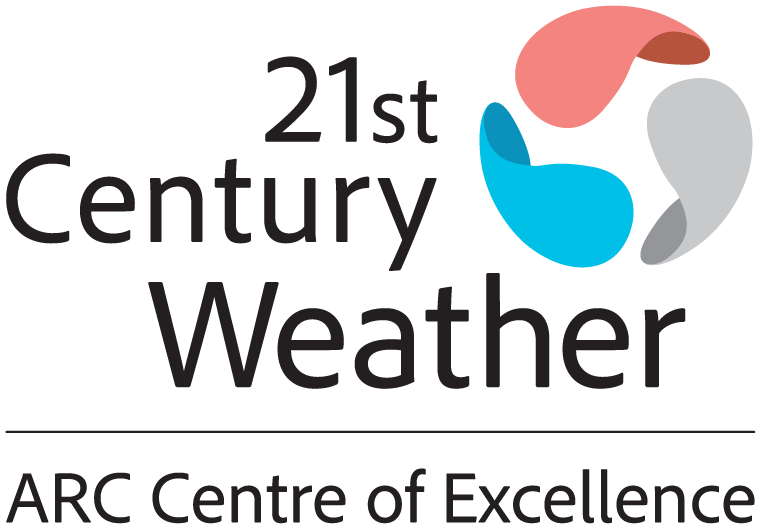
Briefing Note: Weather Change
What is weather change, and why does it matter?

The warming of the Earth is significantly changing our weather.
The weather is more than staying dry or getting wet on the way to school or work. Short-term changes in weather, like rainfall, sunlight and wind, are critical to our lives, they influence everything about our lifestyle and economy.
In a country prone to flooding, droughts and bushfires, the weather can destroy livelihoods and make the difference between life and death. High-impact weather also affects our economy in more subtle ways, for example through long periods of low wind, which can affect electricity production.
But the weather is not just a hazard, it also presents opportunities. It can give us weather resources – fresh water, solar energy and wind power are produced by it. We increasingly rely on the weather to reach net zero and halt further warming from carbon dioxide emissions beyond safe limits.
Knowing what to expect from our weather is vital to Australia’s security and prosperity. But as the world continues to heat up, how our weather will change remains uncertain.
Despite significant advances and great confidence in long-term climate science and short-term weather forecasting, predicting Australia’s future weather conditions in a warmer world, or weather change, is an enormously challenging scientific problem.
What is the difference between climate and weather?

“Climate is what we expect; weather is what we get.” Attributed to Mark Twain, this quote sums up the difference well. It is a question of time and scale.
We often describe climate in terms of averages, variations and expected extremes of weather. While climate gives us an idea of what to expect, the weather on a particular day varies a lot and cannot be predicted more than a couple of weeks in advance.
Climate tells us that, on average, the weather is warmer in summer than in winter, but weather variations mean that we can still experience warm winter and cold summer days.
How is climate change changing our weather?

The simple answer to this question is that we do not know – yet.
The Earth is warming because of increased levels of carbon dioxide and other greenhouse gases from human activities since around 1750. In Australia, our climate has warmed between 1.28 to 1.74°C since 1910.
While the rise in global and continental temperatures are a significant sign of climate change, what we notice in our daily lives is a shift in the weather. We might experience more or less rain; more frequent and intense heatwaves; fewer cold days; and the potential for more bushfires.

Our ability to predict these weather changes relies on understanding and building realistic computer models of weather systems.
Weather systems, such as the high pressure and low-pressure areas shown in the accompanying satellite image, are the building blocks of weather and climate and are key to weather change.
They are the circulation patterns in our atmosphere that dictate the local conditions we experience, like wind, rain and temperature. As the Earth continues to warm, the way these systems work will change, which directly affects our local weather.
Weather systems interact with parts of the climate that change naturally, such as planetary waves and major modes of climate variability, like the Madden-Julian Oscillation, the El Niño-Southern Oscillation and the Indian Ocean Dipole.
What is 21st Century Weather doing?
21st Century Weather is a consortium of world-leading climate and weather researchers based across five Australian universities, together with major domestic and international partner organisations, including the Bureau of Meteorology and CSIRO.
21st Century Weather aims to address this complex challenge by answering a vital question: How will Australia’s weather transform as our climate changes?
We will advance our understanding of atmospheric circulation and weather systems, and develop ultra-high resolution climate models to enhance our understanding of Australia’s weather and climate.
The foundational knowledge we create will enable policymakers, industry and communities to make better decisions that harness weather resources and help us prepare for high-impact weather
Download a PDF copy of briefing note here.
We want to hear your thoughts on key weather systems that influence your decision-making. Reach out via hello@21weathercentury.org.au
